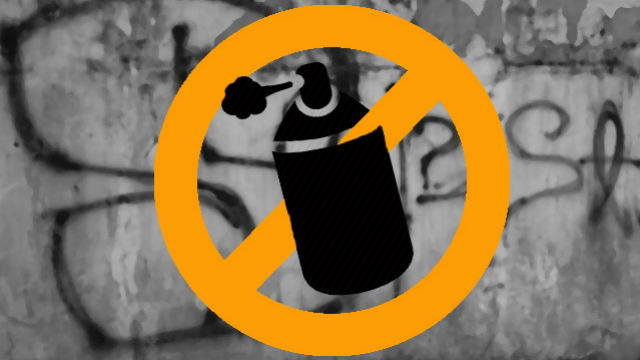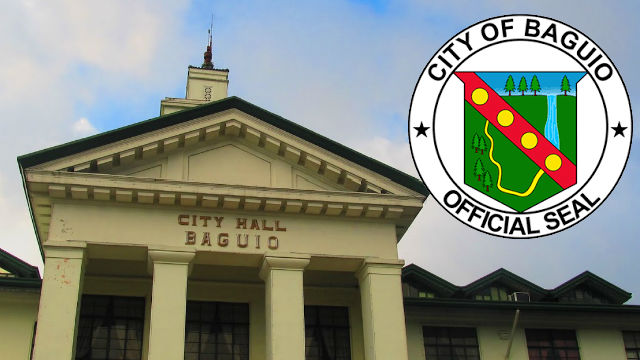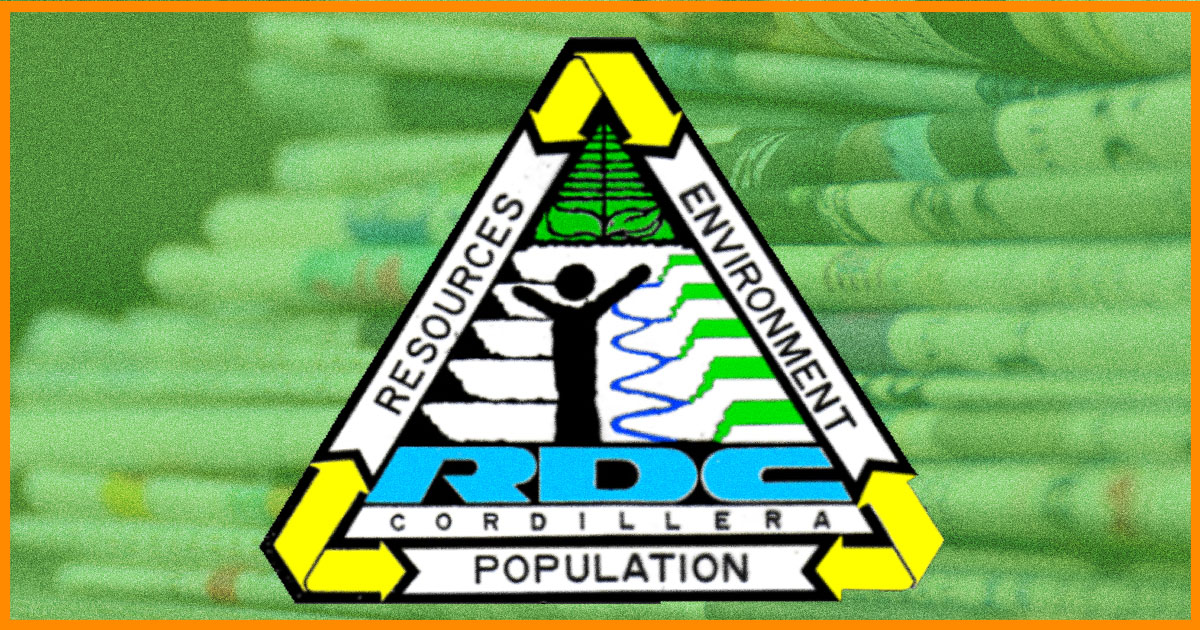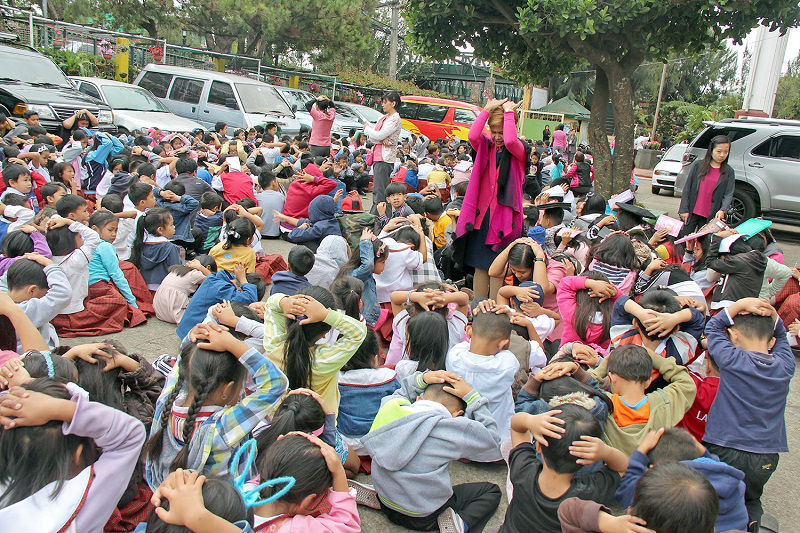BAGUIO CITY – The city’s laws against vandalism and graffiti need to be amended to become more effective, according to a legislative tracking report of the City Council Research Division.
Recommendations were culled from three entities, the Baguio City Police Office, the City Buildings and Architecture Office and the barangays during the monitoring of the implementation of Ordinance No. 41 series of 2008 or the Anti-Graffiti Code of the City of Baguio, Resolution No. 146 series of 2008 “Urging the Barangays and the Baguio City Police Office to Strictly Implement the Anti-Vandalism Law Specially Those Done through Spray Painting, Unnecessary Printing and Writing on Walls, Barangay Markers and other Public and Private Properties and Article 41 (Anti-Graffiti and Unauthorized Postings) of the Environment Code of the City.
In the report submitted to Vice Mayor Edison Bilog recently, Local Legislative Staff Assistant III Nechel Occasion the said measures were “not fully complied with” and recommended that the city council request the city mayor to amend Administrative Order No. 5015 series of 2017 to deputize barangay officials to remove graffiti in all government structures.
At the same time Occasion said the body should consider amending the Anti-Graffiti and the Environmental Code to accommodate the suggestions made by the tree offices.
BCPO Chief PS/Supt. Eliseo Tanding suggested that the Permits and Licensing Division strictly require the posting of anti-graffiti signages in retail stores selling graffiti implements.
He suggested that Article 41 of the ordinance be amended to exclude those who are in possession of the prohibited items when these are intended for educational purposes.
He encouraged private complainants in the barangays to file complaints and the educational sector to adopt their own policies and rules on the use of graffiti materials.
CBAO Head Engr. Nazita Banez broached the deputation of the punong barangays to remove the markings and allocation of necessary funds.
Banez also urged barangay and government offices to provide additional CCTV cameras, the schools to intensify the Information dissemination and to come up with policies on use of graffiti materials and all implementing agencies to promote the use of paint coating that allows easy cleaning.
She also urged the grant of reward to barangays that actively enforce the measure and for the city to hire hob order personnel to augment the manpower implementing the measure.
The barangays for their part proposed the installation of additional CCTVs; regular inventory of unauthorized markings; increase the fines for violations; require parents to accompany their minor children who render community service for violation; violators should repaint the vandalized areas at their own expense; regular conduct of information dissemination; and strict implementation of ordinance and monitoring of stores selling implements and require them to get barangay clearances.
They also suggested that barangays undergo trainings to fully understand the ordinance and encourage the support of the constituents and to look for a space in their jurisdiction where minors can freely express their thoughts and emotions.
The anti-graffiti ordinance prohibits the following: defacement of any city-owned or privately owned property; and possession of graffiti implements like aerosol spray or broad-tipped indelible marker, paint, marker, pen materials or instruments while near or within public or private property.
The code also imposes restrictions on the accessibility of these graffiti implements by regulating the retail display of these implements to discourage theft and prohibiting the sale, giving out, exchanging or loaning of these implements to minors.
Penalties consist of fines ranging from P1,000 to P5,000 and imprisonment from one to ten days for the first offense; 11 to 20 days on second offense; and 21 to 30 days for third offense.
Apart from this, violators will be made to make a restitution for the crime and may be made to render community service for the offense. They will also be responsible for the restoration of the damaged property or to reimburse the party who caused the restoration of such.
The code also provides that the city government may offer rewards for information leading to the identification and apprehension of vandals.
By Aileen P. Refuerzo













